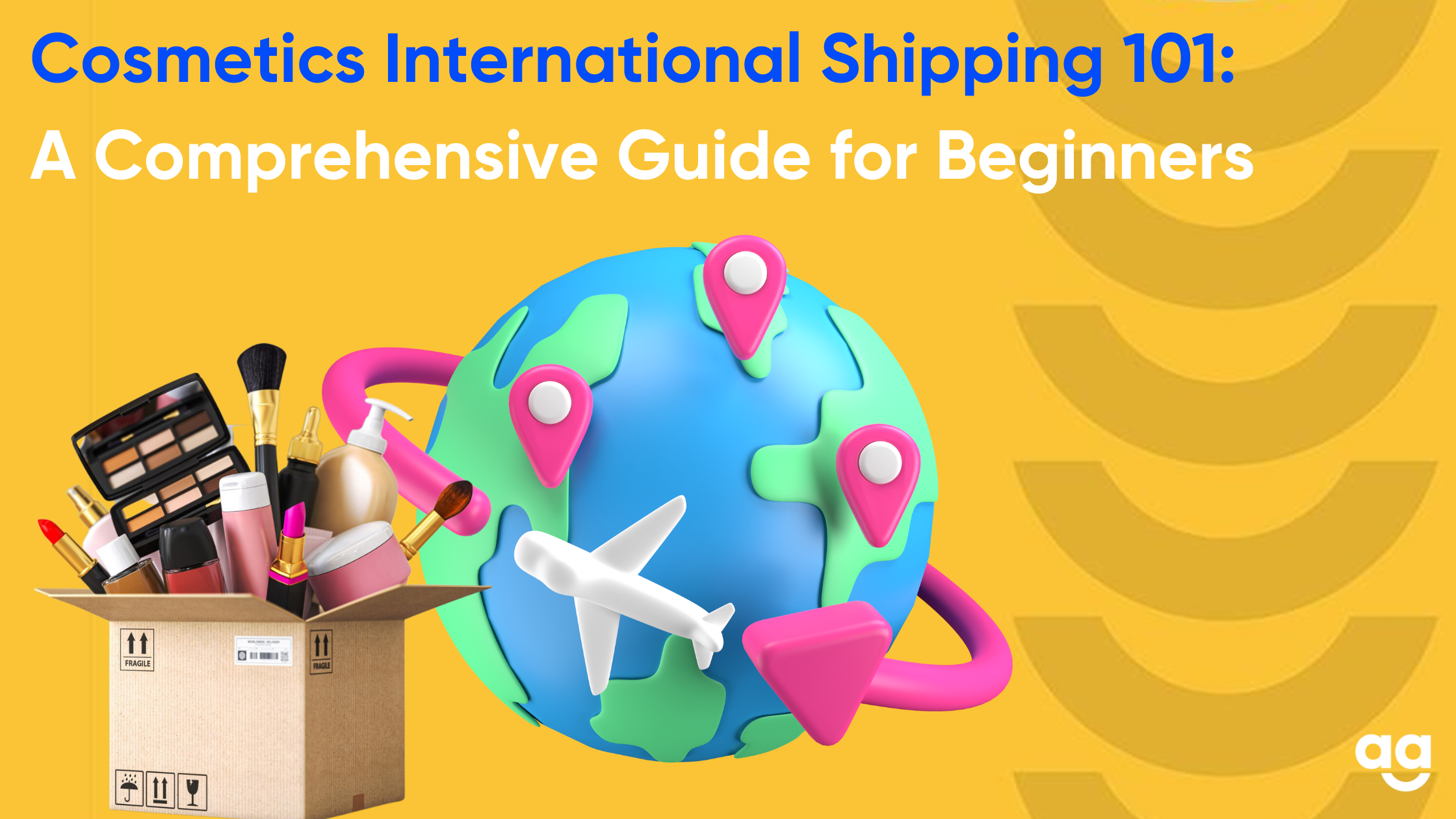Introduction
The cosmetics industry is witnessing rapid global expansion, presenting lucrative opportunities for businesses engaged in cosmetics international shipping. However, successfully navigating the complexities of shipping cosmetics across borders requires a thorough understanding of the process, adherence to regulations, and implementation of best practices.
This comprehensive guide aims to provide essential insights and practical tips for beginners venturing into cosmetics international shipping. From understanding the types of cosmetic products exported from India to identifying countries that allow the import of such products, as well as implementing best practices for a seamless shipping experience, let’s dive into the world of cosmetics international shipping.
Types of Cosmetic Products Exported From India
India has emerged as a significant exporter of cosmetic products, offering a wide range of items. Some of the popular cosmetic products exported from India include:
Skincare Products:
This category includes moisturizers, serums, facial cleansers, toners, and other products designed to promote healthy and glowing skin.
Haircare Products:
India exports various haircare products, including shampoos, conditioners, hair oils, and hair styling products.
Makeup and Cosmetics:
Indian cosmetics manufacturers produce an array of makeup products such as foundations, lipsticks, eyeshadows, mascaras, and more.
Herbal and Ayurvedic Products:
India is renowned for its herbal and ayurvedic cosmetics, including skincare, haircare, and body care products made from natural ingredients.
Countries That Allow Import of Cosmetic Products from India
When planning cosmetics international shipping, it’s crucial to identify countries that allow the import of such products. While regulations vary from country to country, some popular destinations for cosmetics import include:
United States:
The United States is a significant market for cosmetics and allows the import of various cosmetic products.
European Union:
The European Union (EU) has harmonized regulations governing cosmetics imports across its member states, providing a streamlined process for entry into this market.
Canada:
Canada permits the import of cosmetics, subject to compliance with their regulations and labeling requirements.
Australia:
Australia has specific regulations and guidelines for importing cosmetics, including the need for proper labeling and adherence to product safety standards.
United Arab Emirates:
The UAE allows the import of cosmetics, provided they meet the country’s requirements for registration, labeling, and safety.
It’s important to research and understand the specific regulations and requirements of each target country to ensure compliance and avoid any potential shipping or customs issues.
Best Practices for Shipping Cosmetics Internationally
To ensure a smooth cosmetics international shipping experience, consider implementing the following best practices:
Understand Regulatory Compliance
Familiarize yourself with the regulations and restrictions of the destination country regarding cosmetics import. This includes compliance with labeling requirements, permissible ingredients, and product safety standards. Stay updated on any changes or updates in regulations to ensure continuous compliance.
Proper Packaging and Labeling
Pack cosmetics securely to prevent damage during transit. Use suitable packaging materials, such as bubble wrap or foam inserts, and consider using leak-proof containers for liquid products.
Label packages with accurate information, including product names, ingredients, net weight, manufacturer details, and country of origin, in accordance with regulations.
Documentation and Customs Procedures
Prepare all necessary documentation, including commercial invoices, packing lists, and certificates of origin. Ensure that the documents are complete, accurate, and comply with customs requirements.
Collaborate with experienced freight forwarders or customs brokers to navigate customs procedures smoothly.
Product Testing and Certification
If required by the destination country, conduct product testing and obtain relevant certifications or approvals. Ensure that your products comply with specific regulations and safety standards of the target market to prevent customs issues or product recalls.
Insurance Coverage
Consider obtaining appropriate insurance coverage for your cosmetic products during transit. This can provide protection against loss, damage, or theft, offering peace of mind and financial security.
Choose Reliable Logistics Partners
Select reputable logistics partners experienced in cosmetics international shipping. Look for freight forwarders or shipping companies with expertise in handling cosmetic products, understanding regulatory requirements, and providing efficient shipping services.
Stay Updated and Seek Professional Advice
Stay informed about changes in regulations, trade agreements, and shipping requirements relevant to cosmetics international shipping. Regularly review government websites, industry publications, and seek advice from trade organizations or legal professionals specializing in international trade.
Conclusion
Cosmetics international shipping offers immense growth opportunities for businesses, but it requires careful planning, compliance with regulations, and implementation of best practices.
Understanding the types of cosmetic products exported from India, identifying countries that allow cosmetics imports, and adopting best practices such as regulatory compliance, proper packaging, and documentation, will contribute to a smooth and successful international shipping experience.
By adhering to these guidelines, businesses can confidently expand their reach in the global cosmetics market and deliver their products to customers worldwide.







 Shipping
Shipping







